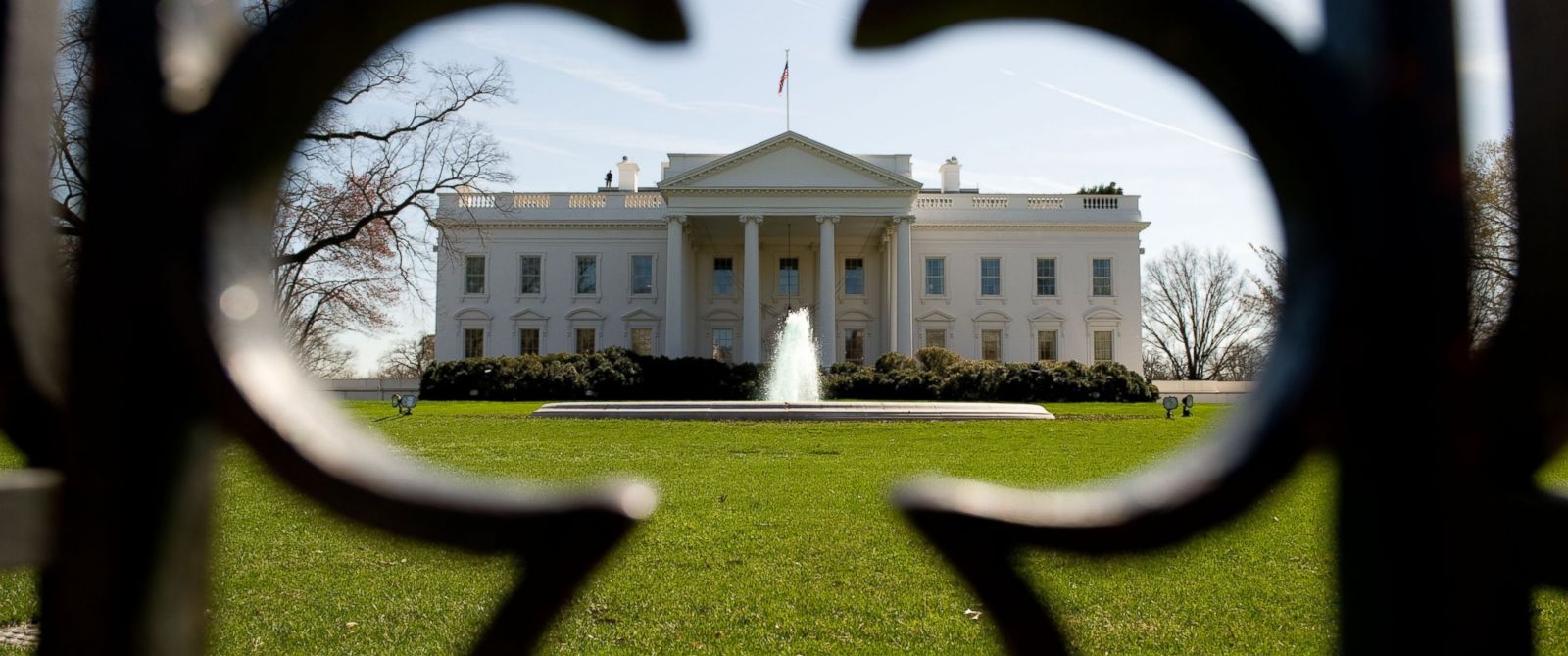On Monday, President Trump fulfilled one of his campaign promises by issuing an executive order to immediately freeze federal hiring with exemptions for military and public safety employees. Trump first proposed the policy in his “Contract for the American Voter,” and agencies had been bracing for the possibility of a freeze since the election. The freeze will be in place for 90 days until the new Director of OMB and the new Director of OPM can devise a long-term solution to reduce the federal workforce through attrition. Although details on the implementation of the directive are still trickling in, there are a few key things that feds should keep in mind while navigating the freeze.
Learn from Past Hiring Freezes
When Ronald Reagan took office in 1981, he also kicked off his administration by freezing all federal hiring, and his predecessor, Jimmy Carter, implemented three separate hiring freezes during his four-year term. In 1982, the Government Accountability Office (GAO) found that the freezes were ineffective and costly for the federal government, and the office listed the ways agencies circumvented the orders to continue fulfilling their missions. The report found that some agencies such as the Department of Health and Human Services (HHS), compensated for the missing labor by having more employees work overtime. Other agencies, including some field offices of the Department of Agriculture (USDA), increased the amount of work that was performed by part-time or contract employees. Some even defied the executive order by continuing to hire above their employment limits. Although Trump and Reagan both included clauses targeted at preventing outside contracting, this measure was not well enforced during previous hiring freezes, so agencies may want to consider how overtime work and part-time employees can be used fulfill missions.
Pay Attention to the Details
In the coming weeks, OMB will clarify the executive order for agencies, and it will be important for leaders to pay attention to the details in the directives. Based on how the memos are written and enforced, some agencies may be able to classify large groups of employees as mission-critical or exempt from the hiring freeze. For example, during the sequestration of 2013, agencies such as the Department of Veterans Affairs (VA) were able to classify the majority of their workforce as “public health” employees, and thus, they were able to continue to fill positions and maintain operations. Agency leaders should evaluate their organizations to determine which positions are mission-critical, and then they will be able to better navigate essential hiring authorities during the freeze and apply directives and guidelines to their agency effectively.
Maintain Employee Engagement and Morale
As evidenced during sequestration and other hiring freezes, it can be hard for leaders to maintain morale when budgets and resources are tight, but leaders must keep employees motivated to fulfill the agency’s mission. Stretched resources means that employees will have to work harder and longer to deliver services to the American people, so it is crucial that they feel appreciated. While compiling the Best Places to Work in the Federal Government rankings, the Partnership for Public Service, a non-profit dedicated to improving the federal workforce, has found that employee satisfaction is directly related to leadership and training. Mallory Bulman, the Research and Evaluation Director at the Partnership, advised, “This is the time to invest in employees. If you can’t hire more people, then train people to do their jobs better and help them be the leaders their agencies need.” Although there may be adverse effects of the hiring freeze on morale, managers and leaders can still focus on improving their workforce and maintaining motivation in the organization.
Continue to Focus on the Mission
Previous hiring freezes have impacted the delivery of services to the public, but focusing on the mission of the agency can ensure that the critical functions and services are not impacted by the freeze. The mission of an agency is what inspires federal employees to perform their daily duties, so by focusing existing resources and personnel on the mission and tracking the costs of not carrying out the mission, agency leaders can demonstrate to the administration and the American people the return on investment. Bulman added, “Because of workforce reduction at the IRS between 2010 and 2014, it cost taxpayers $2 billion dollars in lost revenue.” By benchmarking against past performance in government and tracking the status and costs of mission critical objectives, agency leaders can not only keep their employees motivated, but they can also prove to the administration why investment in human resources is critical for providing services to the American people.
Below is a list of additional resources on the hiring freeze. Feel free to share updates and advice in the comments!
Trump signs order to freeze federal hiring
Hiring freeze result of Trump team’s review of federal agencies





The freeze also excludes national security agencies.
I accepted a government job in Indiana on Dec. 29, 2016 – start date is March 6, 2017
When do you think I will find out if my job is affected?
I read in USA today that all jobs in the works before the freeze are exempt.
I need to start packing to move. Can you tell me what to do?
The HR department at DFAS says they have not heard anything.
Hi Patricia,
I was able to dig up this clarification from OMB on DoD positions, but I am not sure how it impacts your specific circumstances. (http://federalnewsradio.com/hiringretention/2017/01/omb-releases-initial-hiring-freeze-guidance-agencies/) My advice would be to keep contacting your HR department until they hear something. Hopefully this helps, and I wish you the best of luck!